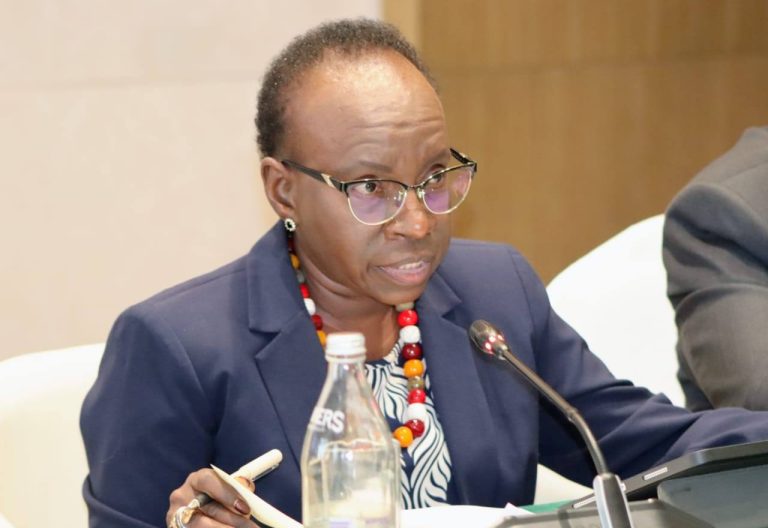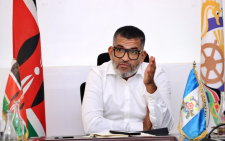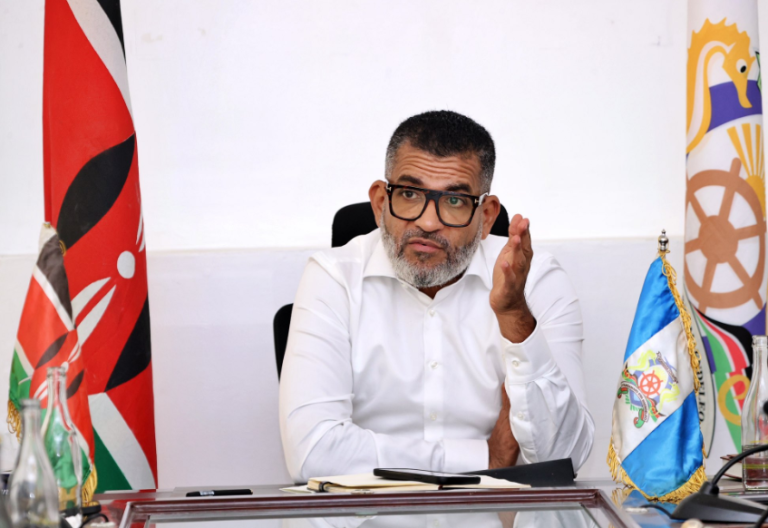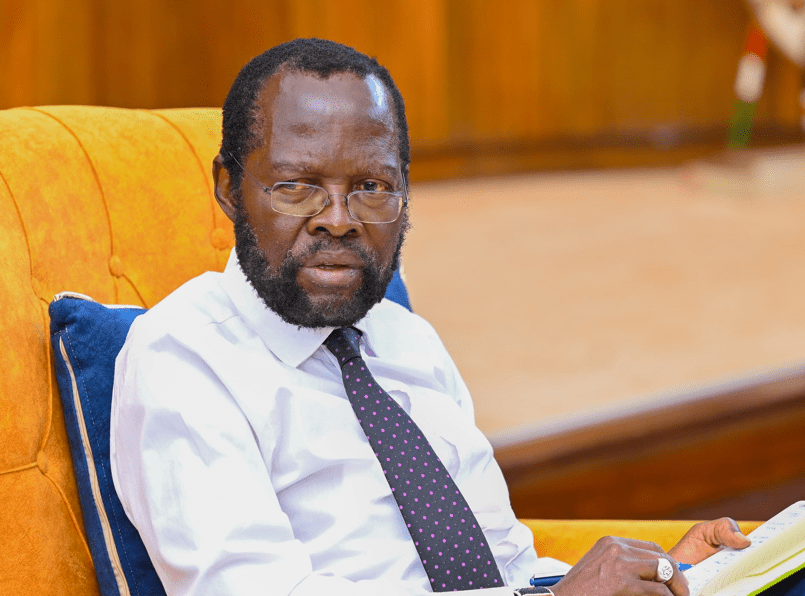Auditor exposes rot in EduAfya scheme among students

Auditor General Nancy Gathungu has yet again exposed the rot in the multi-billion shillings Edu Afya Insurance scheme that was offered to schools after ineligible students benefited from the fund.
Gathungu has also exposed how the government overpaid for the fund, which was being managed by the defunct National Health Insurance Fund (NHIF), by a whopping Ksh2.2 billion, as Ksh16.47 billion was wired to schools, yet the premium signed was of Ksh14.17 billion.
In a special audit report on capitation and infrastructure grants in schools, Gathungu revealed that premiums payable during the period under review, amounting to Ksh14.17 billion, differed with the actual remittances of Ksh16.47 billion, resulting in an excess remittance of Ksh2.29 billion.
Facility visits
According to the report, while NEMIS EduAfya data indicates facility visits up to February 28, 2024, the contract had lapsed on December 31, 2023.
During this period, the report said there were 65 visits with medical services valued at Ksh35,550.
Reads the report: “The excess remittances of Ksh2,293,040,851 between the premium payable and remitted for the period under review was not reconciled or explained. It was confirmed that the amounts disbursed to NHIF for the periods under review were consistent with the funding model.”
It adds: “Comparison of data between the amount retained based on NEMIS reports and the amounts acknowledged received by NHIF revealed no variances.
Edu Afya came about after the Ministry of Education signed a contract with NHIF for the provision of comprehensive medical cover for secondary school students on March 1, 2018.
Renewable premium
The initial premium was payable from March 1, 2018, up to December 31, 2018, amounting to Ksh3.39 billion, with an annual renewable premium amounting to Ksh4 billion or as may be revised in future
The cover comprised unlimited inpatient and outpatient covers, an accidental death benefit of Ksh500,000 and last expense of Ksh100,000 for each beneficiary.
The initial contract covered three million (3,000,000) students subject to periodic revisions with premiums being payable annually, at the beginning of the cover period.
In the cover, the ministry had negotiated an annual premium of Ksh1,350 per student.
The contract was signed as the National Education Sector Strategic Plan of 2018- 2022 on reducing disparities in secondary education under Policy Priority 2 for Secondary School Education proposed an activity on the provision of medical insurance cover to students in all public secondary schools.
The report covering for four financial years from 2020/2021 to 2023/2024 shows how a review done on the expenditure returns from NHIF and capitation data in National Education Management Information System (NEMIS) revealed that there 4100 primary schools and Junior Secondary Schools (JSS) that benefited from the EduAfya services yet they were not in the NEMIS capitation data while the total number of visits by the ineligible learners 15,468 who accessed medical services valued at Ksh40.2 million.
Eligible student
The contract between the Ministry of Education and NHIF defines an eligible student for the medical cover as “a secondary school student enrolled in a public secondary school within the Republic of Kenya and whose name is stated in a list provided to NHIF by the Ministry of Education.”
Clause 2 of the obligations of the Ministry under Section III requires the Ministry of Education to provide data on eligible students and their next of kin.
Reads the report: “Therefore, the value for money of the services worth Sh40, 163,167 could not be confirmed.”
And despite the overpayment of the premium, Gathungu has also revealed how the insurer pocketed a cool Ksh11.07 billion after only Ksh5.39 billion was utilised in hospitals, yet the premium insured was Ksh16.46 billion.
According to the report, out of 9,312 secondary schools whose capitation was retained and remitted to the EduAfya Scheme, only 8,846 schools had beneficiaries who had accessed the medical services at the medical facilities during the period under review.
For the remaining 466 secondary schools with retained and remitted capitation amounts of Ksh273.75 million, the report says there was no evidence of beneficiaries having access to the medical services.
Reads the report: “The State Department remitted an amount of Ksh16,468,040,851 to NHIF, whereas the value of the visits as per NEMIS data amounted to Ksh5,394,059,003. Therefore, the value for money on the disbursed amount of Ksh16,468,040,851 to NHIF or the health services rendered could not be confirmed.”














